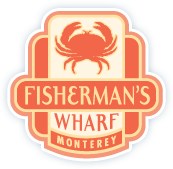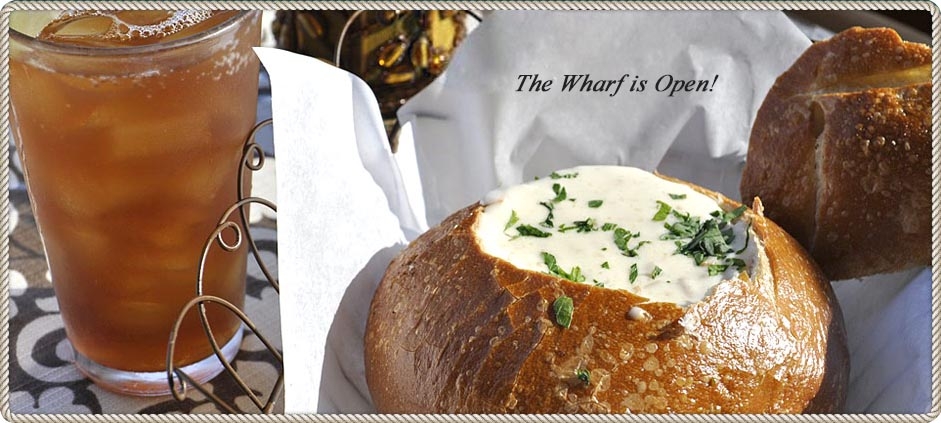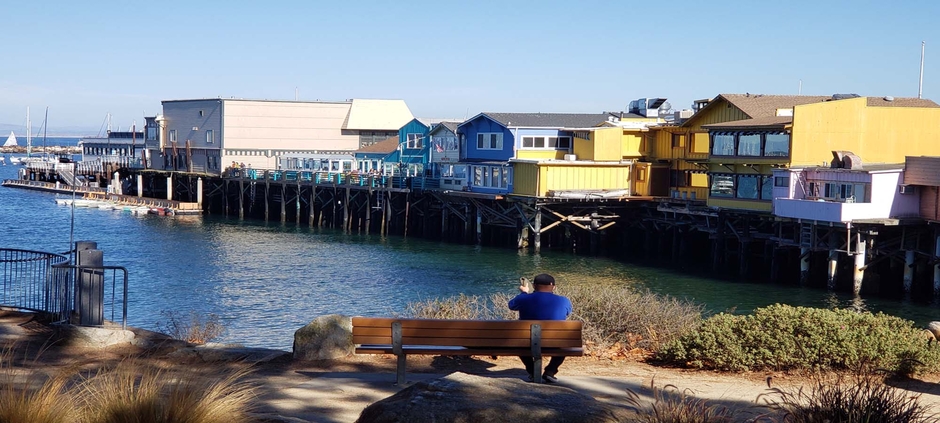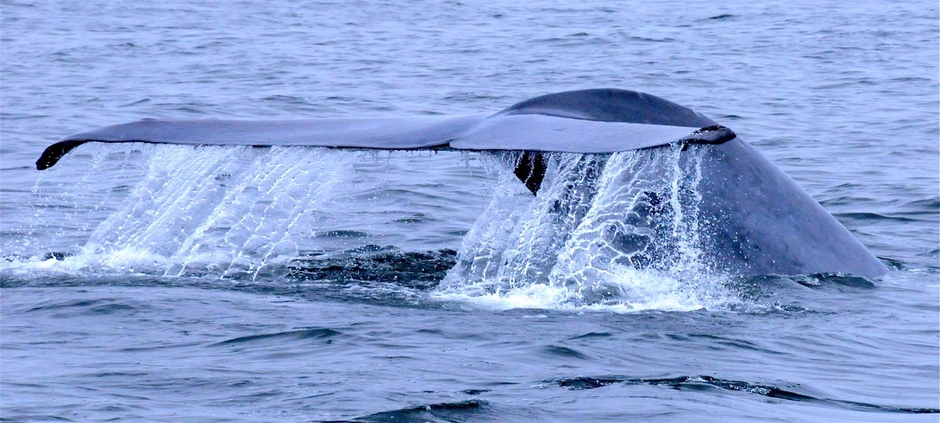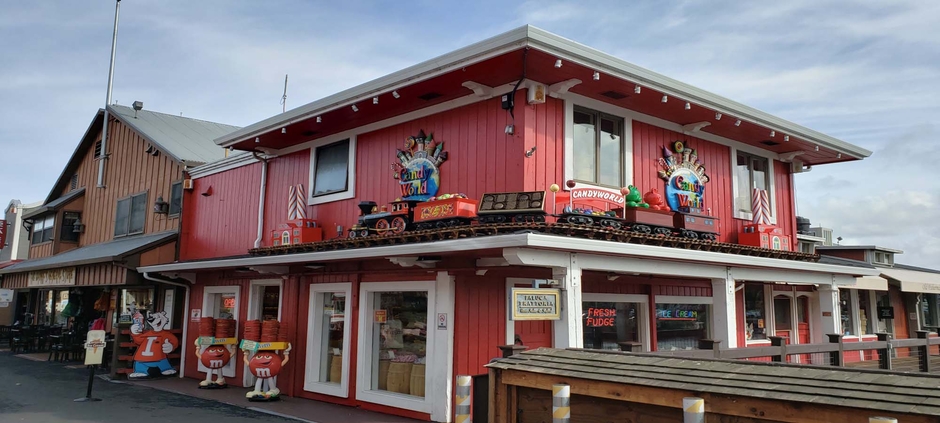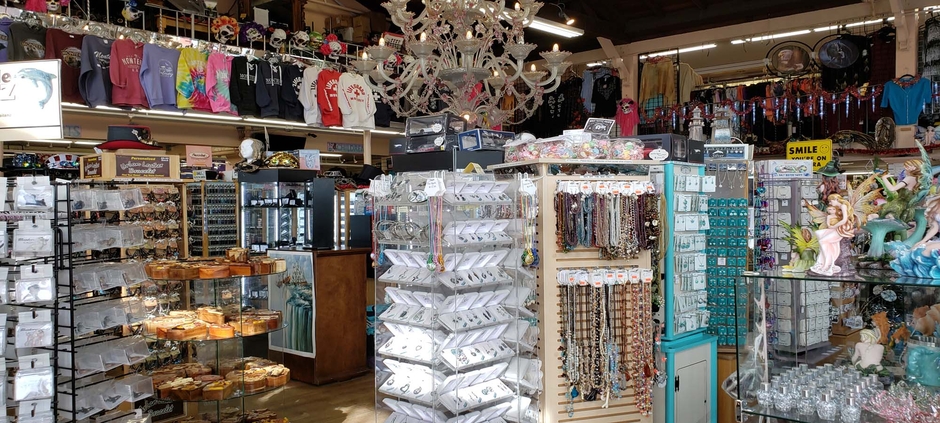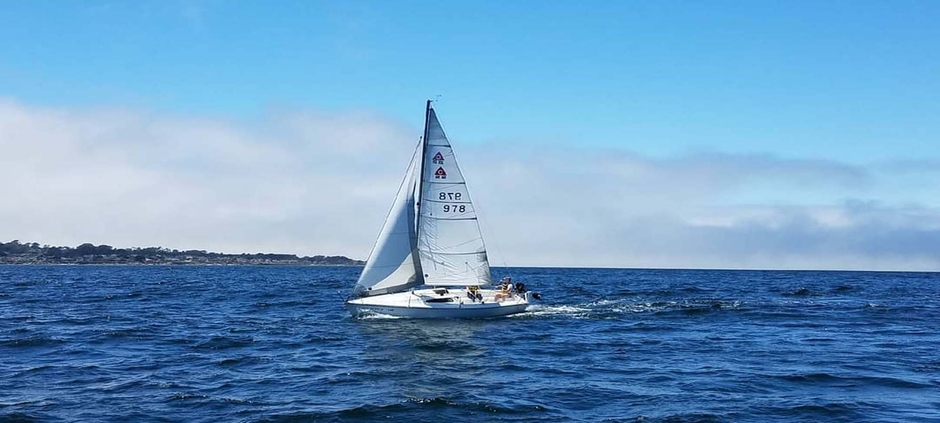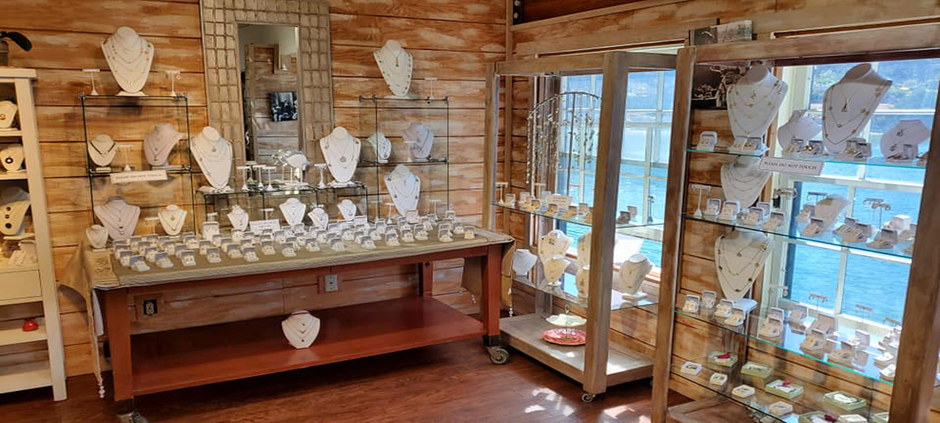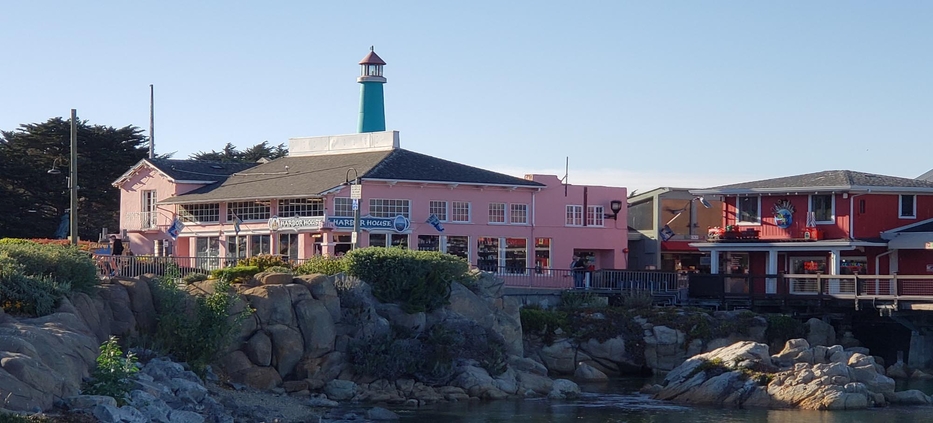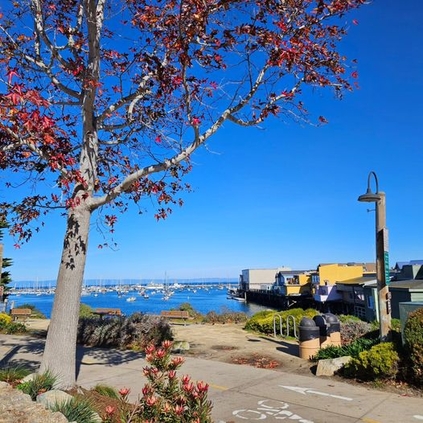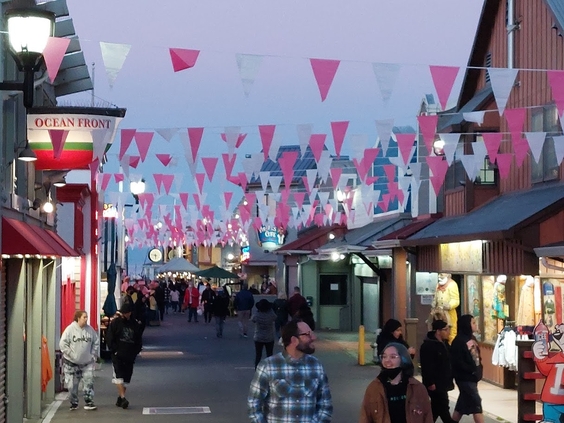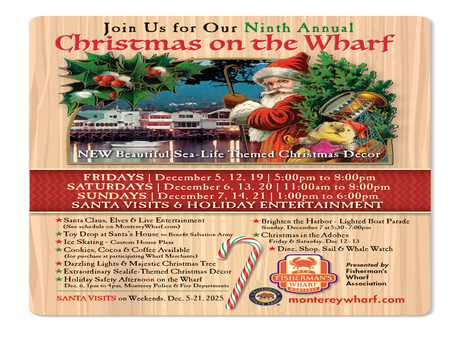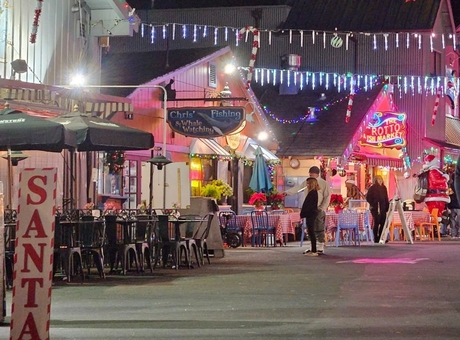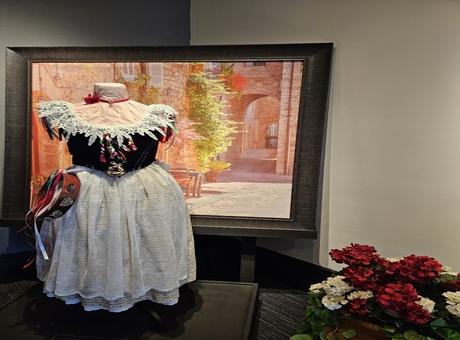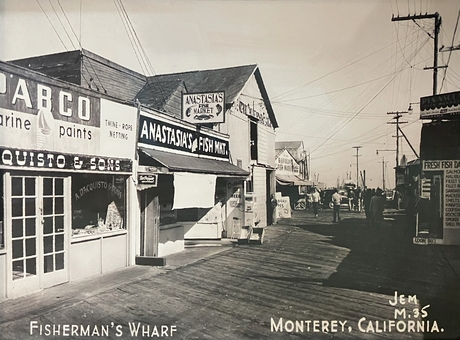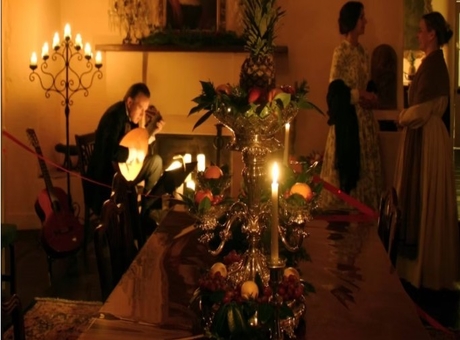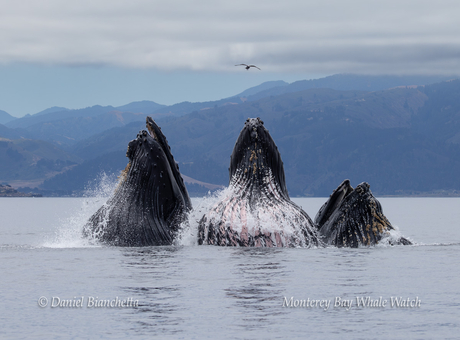Described are our current list of events - describing both our Old Fisherman's Wharf events and some fun nearby events, too.
Look further down this page to find the date of the event you're interested in and click on its link for more details.
A BIG Thank You to our valued Christmas on the Wharf 2025 sponsors:
10th Street Liquors
A & B Fire Protection and Safety
Cardinale & Wright Christmas Trees
McGilloway, Ray, Brown & Kaufman CPA
Susie Boutonnet
DOWNLOAD OUR "WONDERS OF THE WHARF VIP CARD" BEFORE YOU VISIT MONTEREY'S OLD FISHERMAN'S WHARF AND ENJOY MANY SPECIAL MERCHANT OFFERS!
UPCOMING EVENTS ON OR NEAR MONTEREY'S OLD FISHERMAN'S WHARF
Christmas on the Wharf - Sponsor Thank You Page
Date: Nov 22 - Jan 1, 2026 at 1:15 PM to 11:15 PM
Location:
A BIG Thank You to the wonderful 2025 Christmas on the Wharf Sponsors - please look all the way down this page: Learn More...
9th Annual Christmas on the Wharf
Date: Dec 5 - Jan 5, 2026 at 9:00 AM to 10:00 PM
Location:
9th Annual Christmas on the Wharf Returns December 5–21, 2025 Santa Visits, Live Entertainment, and New Enchanting Holiday Displays at Monterey’s Old Fisherman’s Wharf Here is the schedule… Learn More...
Now on Display - Exhibits at the Adjacent Stanton Center
Date: Dec 7 - Dec 31, 2025 at 9:30 AM to 9:30 AM
Location:
The Monterey History & Art Association at Stanton Center is located next to Old Fisherman's Wharf near the Waterfront Parking Lot. This museum has outstanding exhibits well worth visiting. They… Learn More...
Now on display! On the Waterfront: The Chris Shake Collection at the Stanton Center
Date: Dec 8 - Jan 31, 2026 at 12:00 PM to 4:00 PM
Location:
Step back in Monterey history and enjoy On the Waterfront: The Chris Shake Collection. This special 40-photo exhibit will be on display at the Monterey History and Art at Stanton Center (MHAA),… Learn More...
Christmas in the Adobes
Date: Dec 12 - Dec 13, 2025 at 5:00 PM to 9:00 PM
Location:
On December 12 and 13, 2025 from 5 pm - 9 pm, Monterey State Historic Park Association (MSHPA) and California State Parks present the 41st Annual Christmas in the Adobes. Return… Learn More...
Valentine's on the Wharf
Date: Feb 14, 2026 at 9:00 AM to 10:00 PM
Location:
Valentine's on the Wharf - Details to come! Learn More...
16th Annual Whalefest Monterey
Date: Apr 11 - Apr 12, 2026 at 10:00 AM to 12:00 PM
Location:
Save the date for the 16th Annual Whalefest Monterey to be held on Saturday and Sunday, April 11 and 12, 2026 from 10 am - 5 pm each day. This… Learn More...
